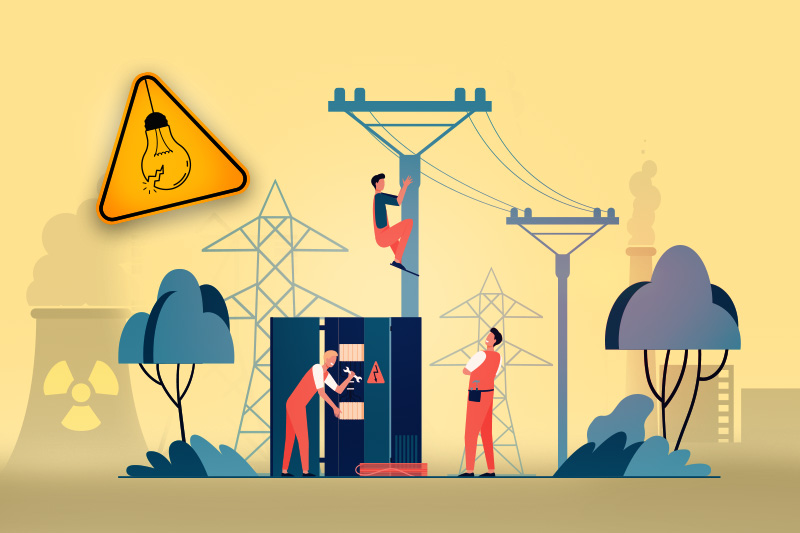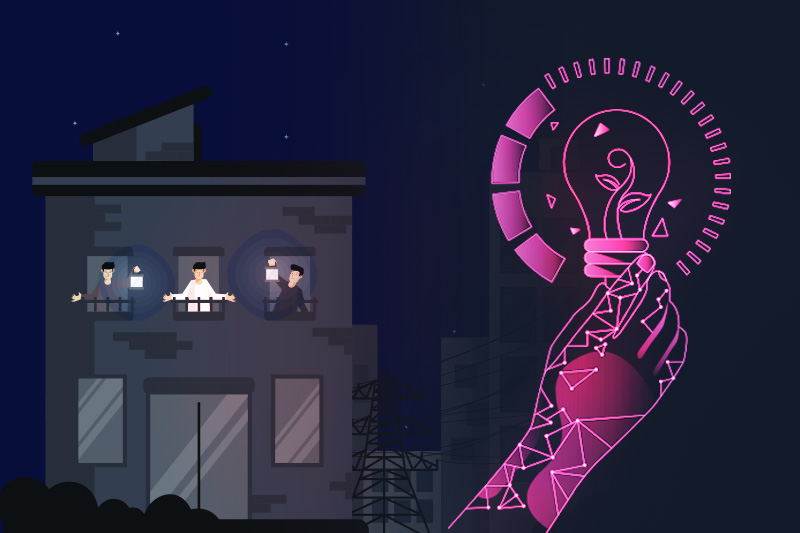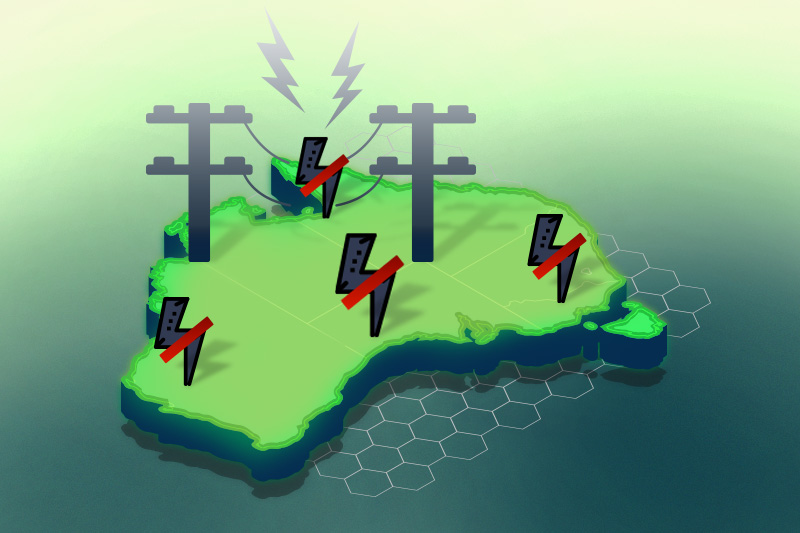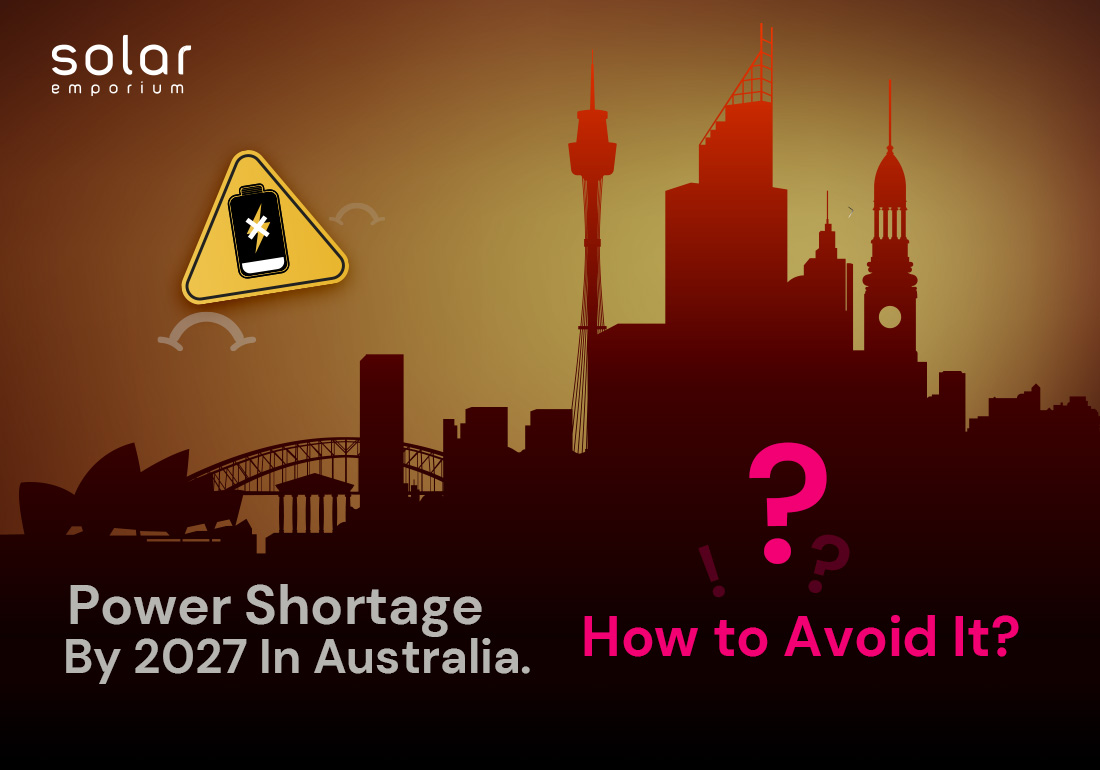Electricity shortages are coming to households and businesses along Australia’s eastern coast. The closure of several coal-fired power plants collides with delays in building critical new gas and clean energy projects.
Residences and commercial establishments across all states along Australia’s eastern coastline face the possibility of power shortages by 2027. But how to avoid the power shortage in Australia?
This potential issue arises due to the shutdowns of multiple coal-powered plants. And its setbacks in constructing essential gas and renewable energy initiatives intended to take their place.
Up to five coal-fired power plants will cease operations by the end of this decade. And power shortage will be standard from 2027 onwards. These closures reduced the east-coast grid’s generating capacity by 13%. These closures included major plants in Victoria’s Latrobe Valley, NSW, and Queensland.
The Australian Energy Market Operator (AEMO) warns of potential scarcity starting in 2027. They are urging immediate action to avoid an energy crisis.
AEMO's Projections and Warnings
In a recent report, the AEMO highlights shifts in power resource projections for Victoria, South Australia, New South Wales, and Queensland.
The report talks about the urgency of investing in new power generation facilities and critical infrastructure projects to avert impending shortages.
AEMO warns that energy market gaps will begin to emerge from 2025 onwards. If Eraring closes, NSW may experience shortages first. Additionally, Victoria may face deficits starting from 2026 because gas-fired power stations will shut down.
Renewable Energy Milestones
Renewable energy accounted for 40% of the power on the grid in the last quarter of 2022. This percentage represents a new record. Australia is working to reduce carbon emissions and aims to decrease greenhouse gas emissions by 42% by 2030. And ongoing investment in renewables continues to rise.
Government Initiatives and Challenges
The Albanese government wants 82% of its energy from renewable sources in the next ten years. They will use the $20 billion “Rewiring the Nation” fund to update the grid and improve transmission lines. Off-grid solar energy is also getting popular every day.
However, AEMO expresses concern about gradually adopting firming generation technologies necessary for backing renewable systems during low wind and sunlight.
The Labour Party needs help in its emissions-reduction policy. They require support from the Greens. However, the push for gas-fired power generation for grid stability complicates things. The Greens demand a halt to new gas field development as a prerequisite for endorsement.
Energy experts highlight significant gaps between possible and committed projects. A fraction of the upcoming projects classifies as committed. The market landscape is shifting, indicating potential challenges and urging stakeholders to take action.
The electricity shortage on Australia’s eastern coast demands immediate attention and strategic intervention. Balancing the closure of coal-fired plants with the timely implementation of renewable technologies is crucial to ensure a reliable and sustainable energy future for the region.
Effects Of Power Shortages In Different Sectors Of Australia

Health Care Sector
Manufacturing and Production
Information Technology (IT) and Data Centres
Finance and Banking
Transportation and Logistics
Food and Beverage Industry
Telecommunications
Education and Research
Water and Wastewater Management
Agriculture and Farming
Modern agriculture relies on power for irrigation, climate control in greenhouses, and automated machinery. Power failures can impact crop yield, livestock management, and overall productivity.
In all these industries, the effects of power outages extend beyond immediate operational disruptions. They can lead to financial losses, reputational damage, safety risks, and compromise public well-being.
What States Are Most Affected in Australia?

New South Wales (NSW)
Victoria
Queensland
South Australia
Western Australia
How To Avoid Power Outages And Blackouts?
Investment in Renewable Energy

Australia should prioritise substantial investments in renewable energy sources such as solar, wind, hydroelectric, and geothermal power. The nation can reduce its dependency on fossil fuels and increase its resilience to supply disruptions by diversifying energy.
Daniel Westerman, AEMO CEO, says we urgently need to invest in renewable energy, storage, and transmission systems. This investment ensures a reliable energy supply for Australian households and businesses.
Grid Modernisation
Energy Storage Solutions
Demand Response Programs
Microgrids and Decentralised Energy Systems
Energy Efficiency and Conservation
Support Of Policy, Rebates, And Incentives
Research and Development
Collaboration and Partnerships
Close collaboration between governments, utilities, industry stakeholders, research institutions, and communities is vital. Sharing expertise, resources, and knowledge can accelerate the adoption of renewable energy solutions and create a more resilient energy ecosystem.
Australia is working to meet energy needs and protect the environment. This is essential for preventing power outages and providing reliable energy for people and businesses.
In conclusion, Australia has a unique opportunity to transition to a more sustainable energy landscape while ensuring a reliable power supply.







